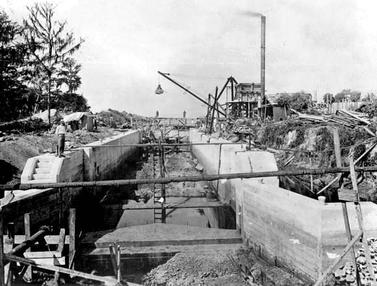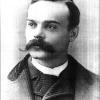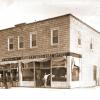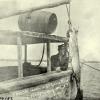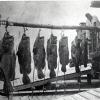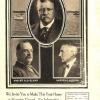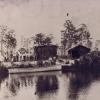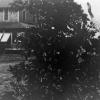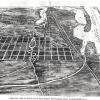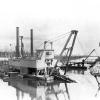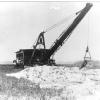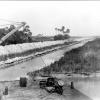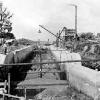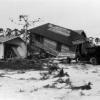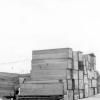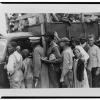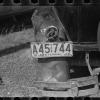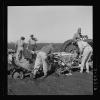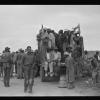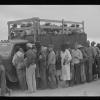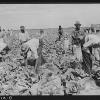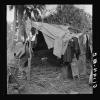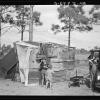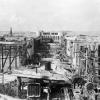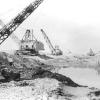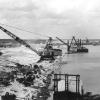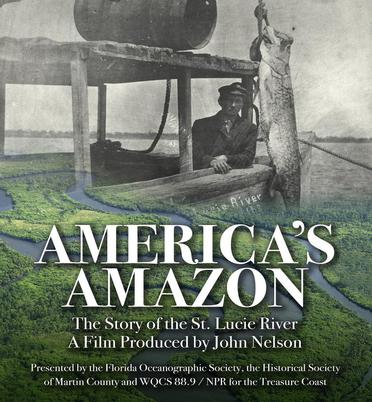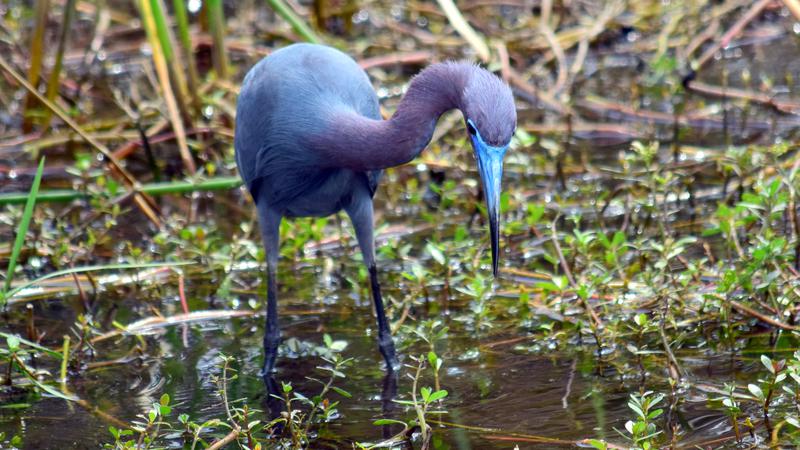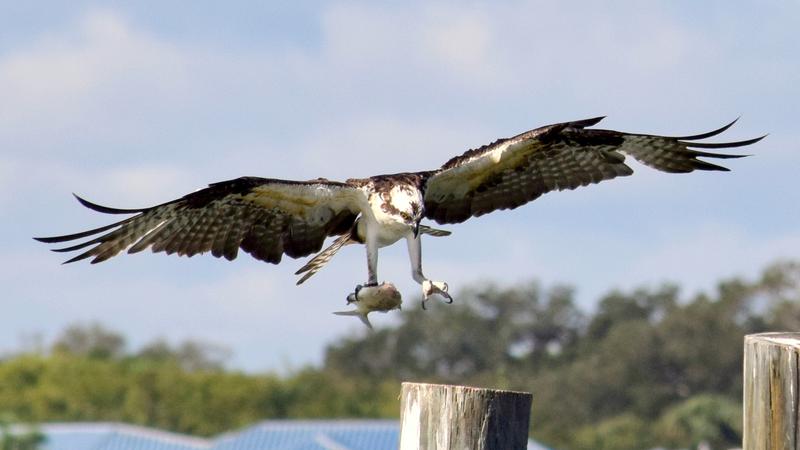America's Amazon
The Story of the St. Lucie River
America's Amazon
The Story of the St. Lucie River
From the earliest times of Indian settlements to the present day, the St. Lucie River has played a vital part in the history of Florida's Treasure Coast.
Today, the river is frequently plagued with toxic algae blooms and pollutants that have caused immeasurable damage to the environment, but why has our river become one of the most polluted bodies of water in the nation?
To find the answer, photographer, and documentarian John Nelson tirelessly worked over three years to create America's Amazon: The story of the St. Lucie River. John explored documents, films, audio tracks, historic images, and technical drawings.
He researched the archives of the Elliott Museum, the Florida Photographic Library, the Library of Congress, the National Archives, the Army Corp of Engineers, the University of Florida, Florida State University, and many other sources to meticulously document the history of the river.
Throughout the film, leading scientists and environmentalists such as legendary photographer, Clyde Butcher; Dr. R. Grant Gilmore, senior scientist and founder of Estuarine, Coastal & Ocean Science: Dr. Paul Gray, Science Coordinator of Audubon Florida's Everglades Restoration Program; Dr. Edith (Edie) Widder, founder of Ocean Research & Conservation Association (ORCA); and the late Nathaniel Reed who was Florida's Environmental Advocate and co-author of the Endangered Species Act will be cited.
John said, "Discovering the untold history of the St. Lucie River was a challenging piece of detective work. As I started researching the river, especially from the mid 1800's on, the documents took me into areas that I would never have imagined.
The St. Lucie River was once called "America's Amazon" and the "Jungle River", and early pioneers saw eco-tourism as a means of building the economy of the Treasure Coast, but others attempted to engineer the river for public commerce.
Only after seeing this documentary can one truly appreciate how different the river is now, and how serious the environmental problems are that we have created. There is hope for the St. Lucie River's future if we can learn from out past.
John Nelson is the voice of The Audubon Moment which is heard locally on WQCS, 88.9 NPR for the Treasure Coast. He is also an assistant instructor for the University of Florida's Florida Master Naturalist program. He will return to Indian River State College's Fielden Lifelong Learning Institute to teach this spring as he will be doing a lecture series on the St. Lucie River.
America's Amazon; the Story of the St. Lucie River is a one hour documentary film that is now available on DVD for $19.95
Go to our online store in order to make your purchase of this important look at the story of this remarkable river.
An undeveloped region of the North Fork of the St. Lucie River
A Little Blue Heron forages along the banks of the St. Lucie River
An Osprey lands with a fresh catch near the St. Lucie River inlet
There are still a few places where the Jungle River displays its beauty.
A Film by John Nelson - Now Available on DVD
